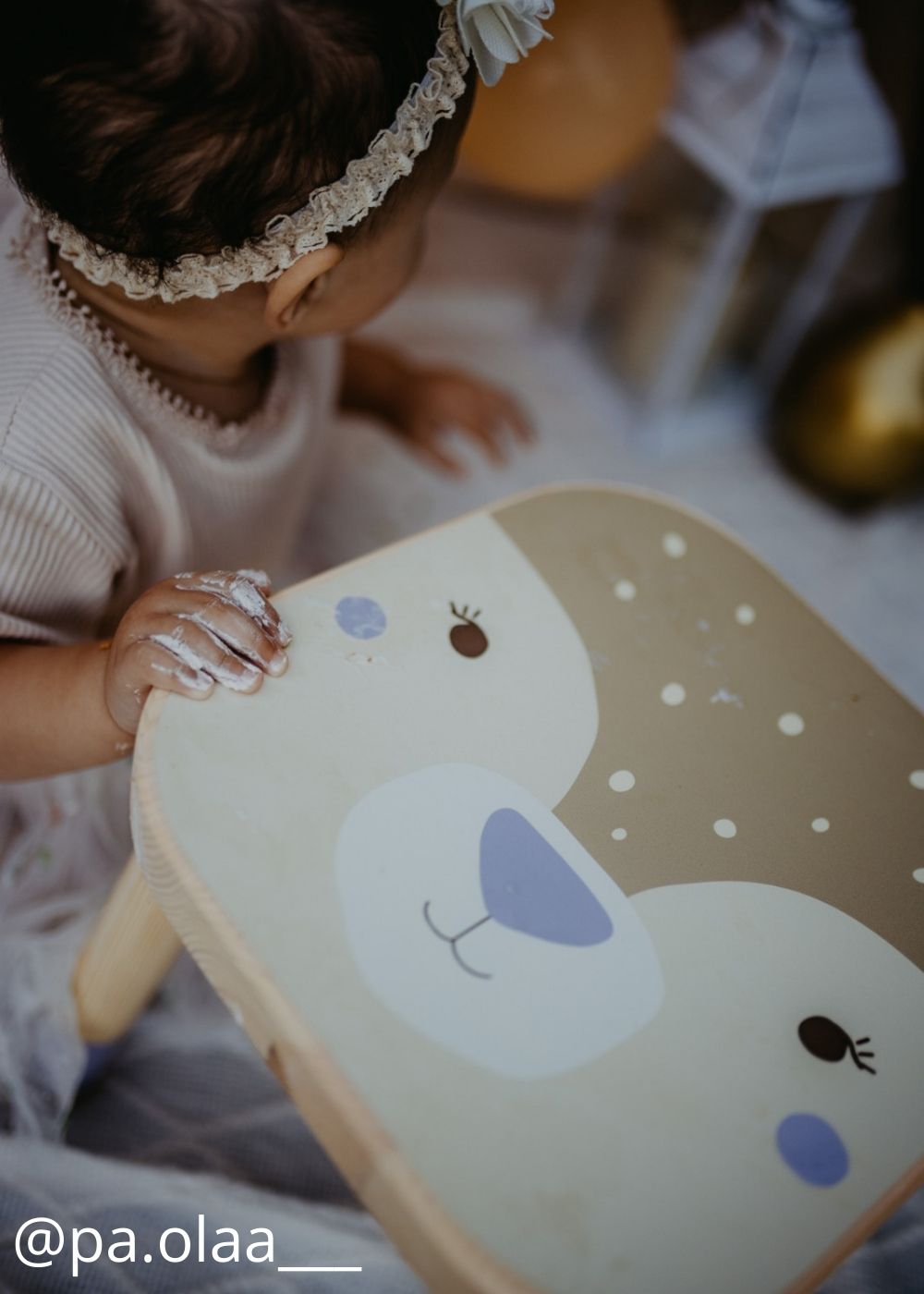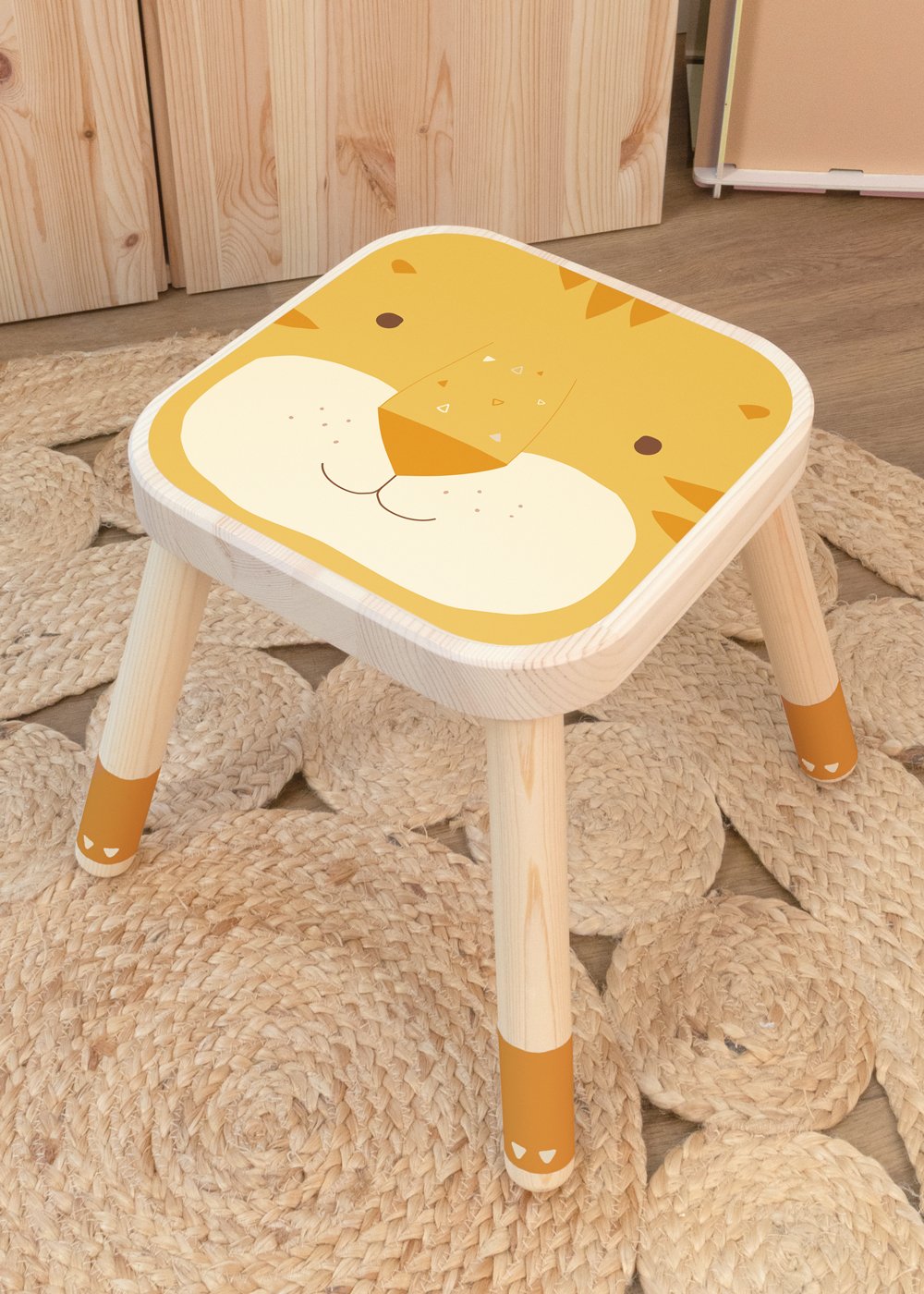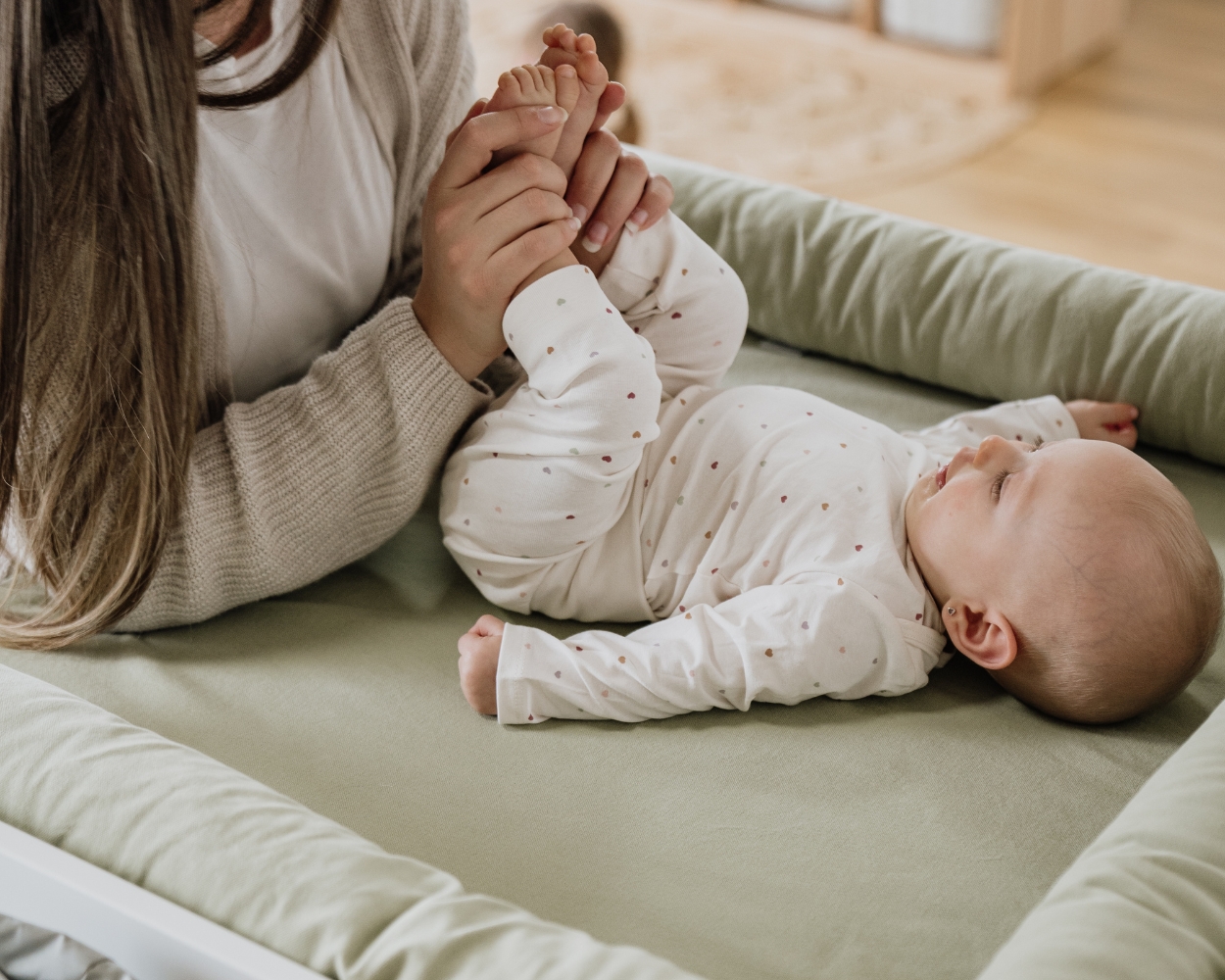
Learning to walk with the IKEA FLISAT children's stool
Learning to walk with the IKEA FLISAT children's stool

The first steps: a milestone
The first free steps mark an important milestone in a baby's life. Suddenly the little ones can move around on their own two legs and have both hands free. This opens up a whole new world of play and life for them. Playing standing up at play table and grabbing things, fetching their favourite book from the book box or pushing the doll's pram. All of this is now possible. But when is the time when your baby learns to walk?
When do children learn to walk?
As with everything that concerns our dear little ones, the time when your child learns to walk is very individual. Some children start walking at around 10 months. Each child has their own pace and that's a good thing. Don't compare with other children of the same age. Instead, focus on what your baby can already do and how you can best support them.
The first steps
It takes a while before your child takes their first step. At first, your little one follows their natural urge to move and prepares to develop sufficient strength. This is followed later by sitting, crawling and the first attempts at crawling. Suddenly you will see your little one trying to pull himself up on objects. This trains the legs, as they have to be able to hold the weight while walking. But what happens next and should you do anything in particular to "teach" your child to walk?
How to help your baby learn to walk
As a general rule, you should motivate and support your baby. At the same time, however, you should not overtax your baby and allow room for the natural course of things. Create an environment that incentivises walking:
- Provide your baby with as much open space as possible so that they can move safely and freely and are not hindered by objects when learning to walk.
- Let your baby walk barefoot. This will give your little one a better feel for the ground and how their feet roll. Shoes should only be used when walking is already going well.
- Baby walkers that you place your child in are more likely to hinder their natural urge to move and can lead to postural problems. Instead, provide your child with objects at different heights that they can pull themselves up and push around as they please.
Unlike with a baby walker, your child cannot lean too far forwards and must keep both hands down to support them on the stool. This prevents postural damage that can occur with a baby walker.

How your child learns to walk with the IKEA FLISAT stool

Creative design of the IKEA FLISAT stool



Personalised baby walker with the IKEA FLISAT stool





















